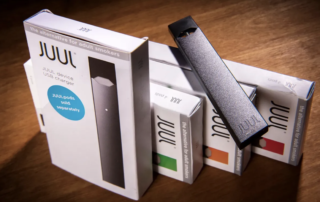Giving hope: research on rare head and neck cancer treatment options
Source: www.curetoday.com Author: Antonia DePace Findings from a phase 3 clinical trial demonstrated improved tumor shrinkage rates with the immune checkpoint inhibitor toripalimab and a first-line chemotherapy combination for nasopharyngeal carcinoma, a tumor that occurs in the nasopharynx (located behind the nose and above the back of the throat). The promising results may open the door to new clinical trials assessing triplet therapies with Food and Drug Administration (FDA)-approved drugs and provide hope for better treatment options for this patient population. Results from the JUPITER-02 trial were presented at the 2021 American Society of Clinical Oncology (ASCO) Annual Meeting. In 2020, toripalimab received a breakthrough-therapy designation (approval to expedite drug development) for metastatic nasopharyngeal carcinoma. Of note, toripalimab is approved in China for several indications, but it is not FDA approved. Currently, the worldwide standard of care for these patients is first-line chemotherapy with gemcitabine and cisplatin. “By adding immunotherapy to the combination, we hope to improve survival and increase the time from starting therapy to progression of the cancer,” said Dr. Glenn Hanna, director of the Center for Salivary and Rare Head and Neck Cancers at Dana-Farber Cancer Institute in Boston, in response to the trial results. “If the triplet (therapy) has better rates of tumor shrinkage and prolongs survival with a reasonable side effect profile, that’s a win.” The possible addition of a novel regimen is exciting. “Treatment advances for late-stage nasopharyngeal carcinoma have lagged behind those of other cancers,” Dr. Julie R. Gralow, ASCO chief medical officer [...]

